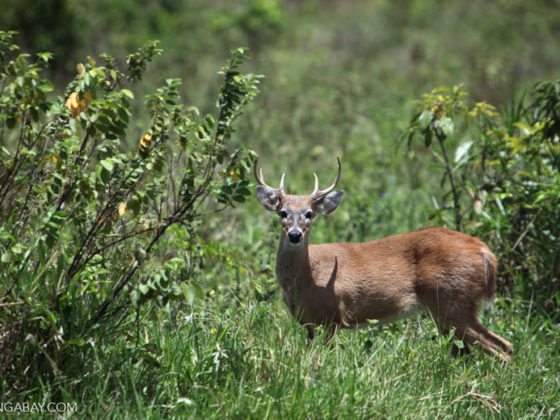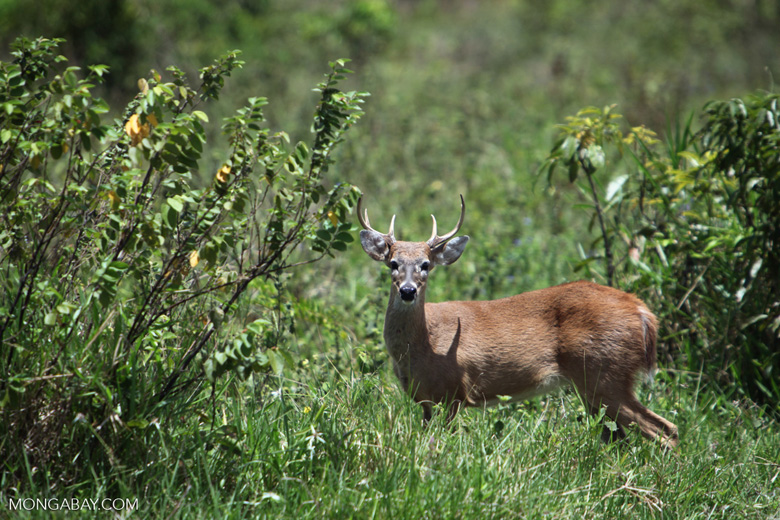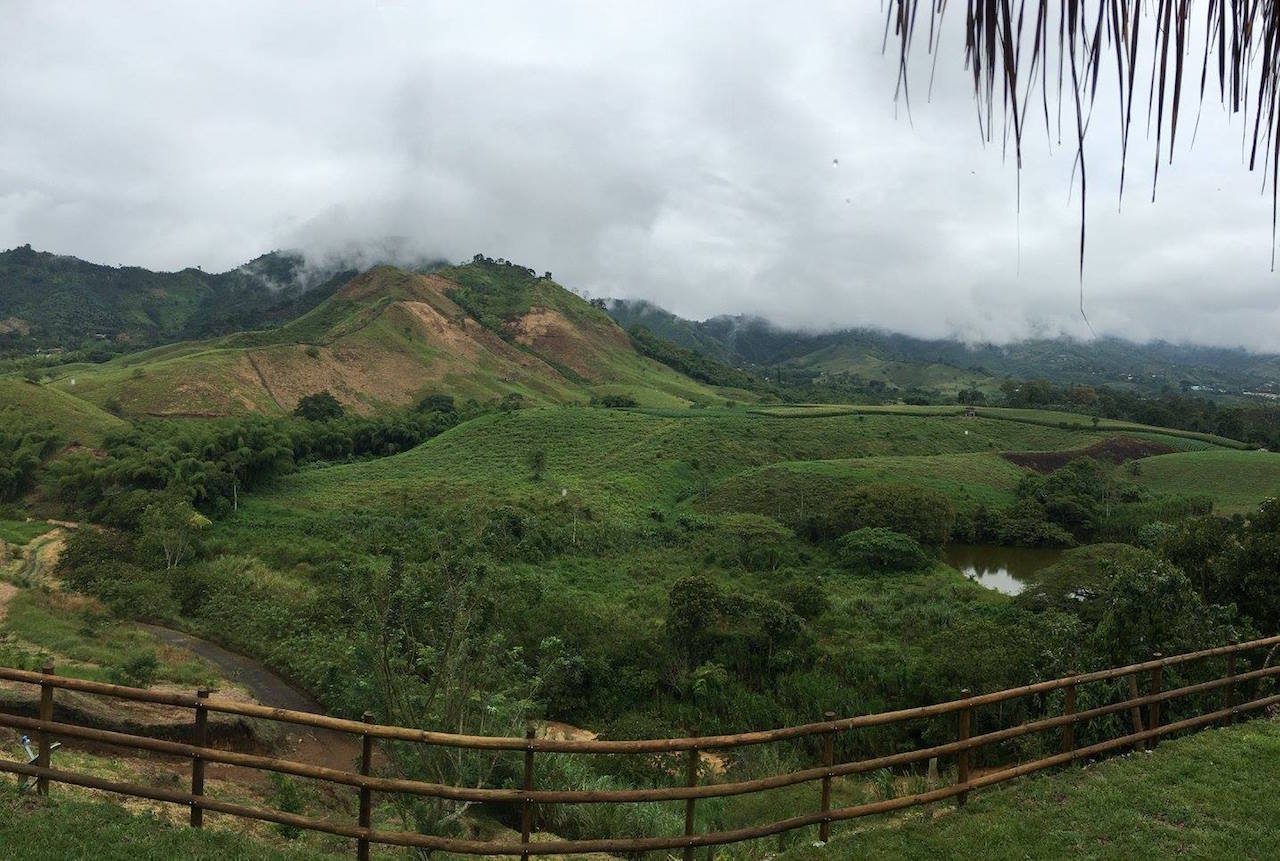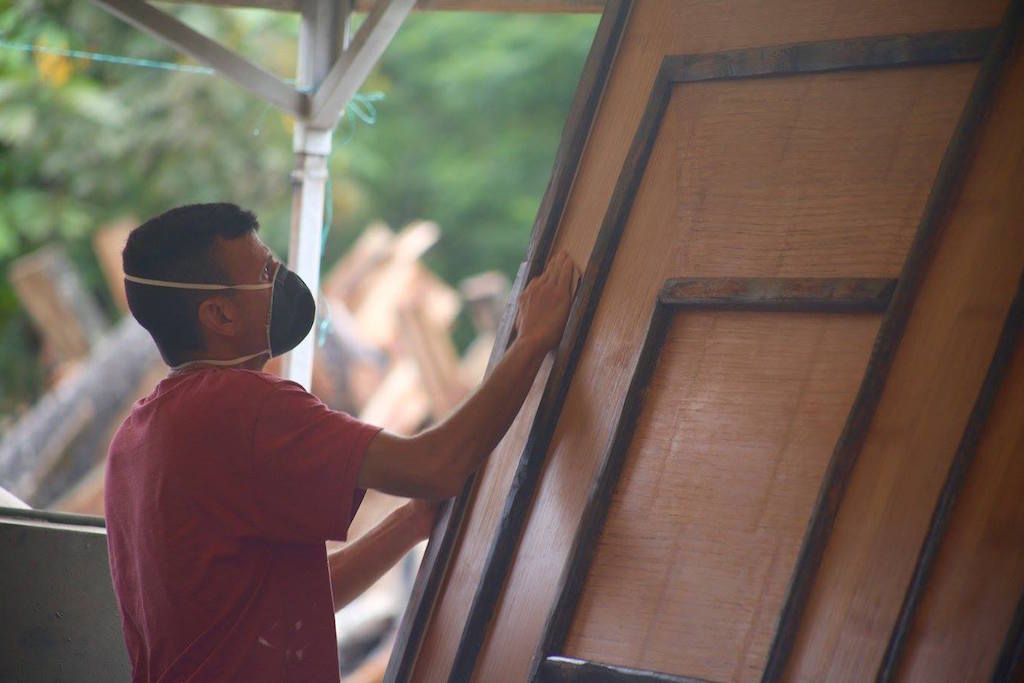Historically, development has not been nature’s friend, but Colombian hospitality is taking a different approach as tourism is rapidly building in the country.
At the Casa San Carlos Lodge in Pereira, the premier coffee-growing region in Colombia, wildlife is making a comeback. Much of the country (and the world) is jungle converted to farmland, so it’s status quo that few living people would recognize the tall trees and shy animals that characterize such environments. That’s why the Lodge is getting back to their roots by regrowing the rainforest surrounding the hotel.




